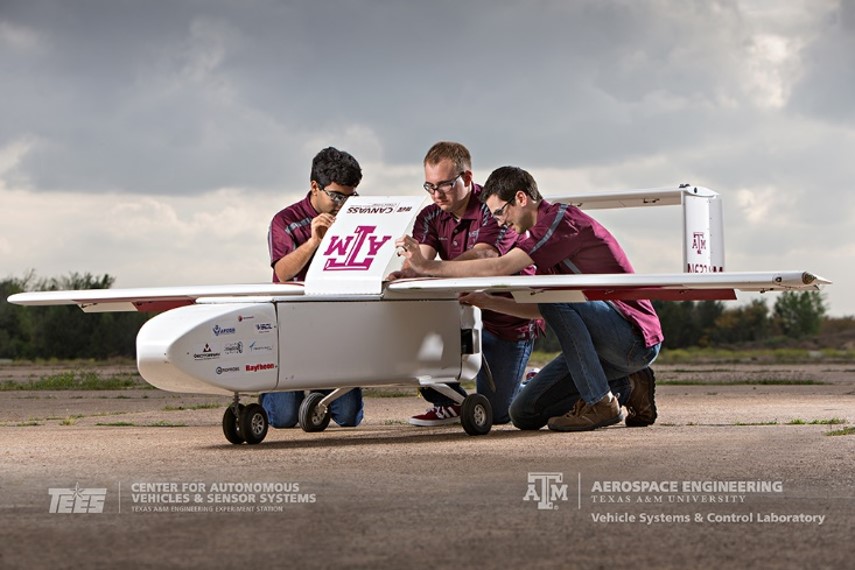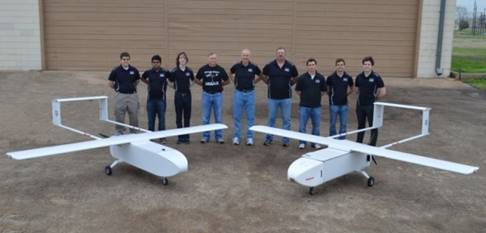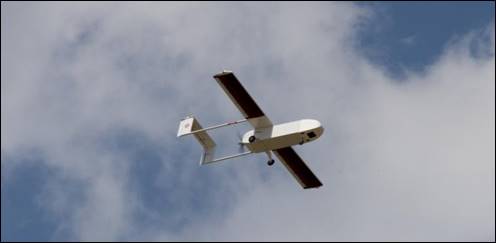


 The Pegasus UAS was designed, built, operated, and patented by the Vehicle Systems & Control Laboratory as a specialized UAS for avionics and systems testing. Pegasus was designed, built, and began operation in 2008 and was granted a US patent on May 1, 2018. The vehicle features an adjustable wing module, tail, and landing gear, as well as multiple redundant control surfaces, allowing for advanced flight test operations for testing sensor modules and control systems.
The Pegasus UAS was designed, built, operated, and patented by the Vehicle Systems & Control Laboratory as a specialized UAS for avionics and systems testing. Pegasus was designed, built, and began operation in 2008 and was granted a US patent on May 1, 2018. The vehicle features an adjustable wing module, tail, and landing gear, as well as multiple redundant control surfaces, allowing for advanced flight test operations for testing sensor modules and control systems.
Features:
- Large fuselage payload volume: 12U of half-width rack chassis
- Airframe designed to 7g limit maneuvering load factor
- Variable static stability: positionable wing location on fuselage
- Multiple redundant control surfaces
- 8 ailerons, 2 elevators, 2 rudders, throttle
Geometry:
- Wing: span = 12 ft, area = 18 ft²
- Length: 10.6 ft
Weight:
- Operating Weight Empty: 78 lbf
- Maximum Take-Off: 108 lbf
- Payload: 30 lbf
- Fuel: 2 lbf +
- Performance:
- Maximum Speed: 90 knots
- Stall Speed (MTOW): 26 knots
- Endurance: 1 hr+

